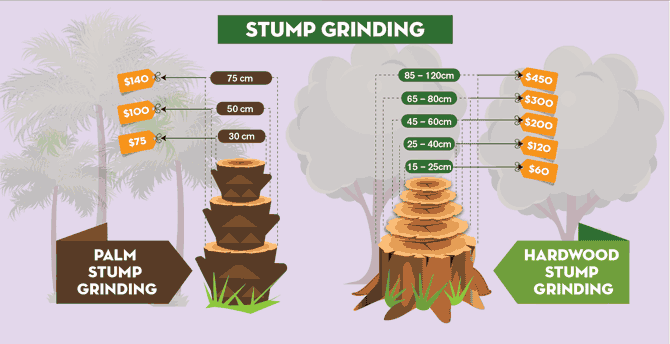Signs It's Time To Eliminate A Tree - A House Owner'S Guide
Signs It's Time To Eliminate A Tree - A House Owner'S Guide
Blog Article
Material By-Mcmahon Crowder
Trees include elegance and value to home, but they can also pose a danger during severe weather events. If a tree has stopped expanding, is displaying noticeable fungal development, or has a leaning trunk, it ought to be eliminated by an expert to avoid residential or commercial property damage and injury.
To learn more, attend a home owner resource fair co-hosted by HPD, the Facility for NYC Neighborhoods, and Brooklyn-based real estate partners this evening in Bedford-Stuyvesant. The event will certainly include the Home owner Handbook, a new overview to aid house owners browse the responsibilities of owning a home.
1. Dead or Dying Branches
Trees are an integral part of your home's landscape, providing shade and elegance. They also give sanctuary for wild animals and produce oxygen, yet even healthy trees can experience health problems that may require their elimination. Dead or passing away trees aren't just unattractive, they can be unsafe. Their branches can drop throughout a tornado, causing costly residential property damage and injuries.
When a tree's branches start to die, it indicates that its structure is starting to break down. If https://docs.google.com/spreadsheets/d/1qfkgIadKrm00YWl1hm9FKaa5j9nflskCYdp2SyLxgoY/edit?gid=856229727#gid=856229727 of its branches are dead, it is likely time to remove it.
Seek a lack of new development, bark peeling, open injuries or tooth cavities, fungis growing on the trunk or roots and a general look of decay in the whole canopy. These indications of infection can indicate a major problem that will need expert tree services to fix.
2. Leaning Trunk
While it's regular for trees to lean from time to time because of phototropism, if a tree has a harmful or serious lean that's not due to natural processes - maybe an indicator that the tree requires to be eliminated. If the tree is favoring a power line, home, car, play structure or any other location that could be harmful to people if it drops, after that contacting a professional tree solution for removal need to be a leading concern.
It's likewise essential to expect any type of sudden changes in a tree's leaning as it can show damage to the roots or trunk that may result in dropping. tree cutting service near my location is specifically true throughout thundercloud, because high winds and rain-soaked dirt can trigger a lean to alter rapidly. Routine tracking, especially during and after tornados can help property owners acknowledge possible troubles with their trees so they can call an arborist for a complete examination.
3. Pest Invasion
Some pest infestations, such as wood-boring bugs like emerald ash borer or sap-suckers like range insects, are so severe that they can cause a tree to die. The most effective way to stop pest invasion is to monitor your trees regularly. Seek places, holes, or stainings in the leaves and bark. Check out the trunk for fractures and signs of insect damage, such as passages or tracks.
If a tree comes to be as well ravaged with pests, or is close to a home or power lines, an arborist may advise elimination. If a leaning tree establishes a brand-new, unstable lean, an arborist will likely recommend removal as well to guarantee the safety and security of individuals and residential property. If a weakened or dead tree consistently sheds extreme branches, it is an indication that it is time to remove the tree. If a tree remains to shed branches for a prolonged period of time, it can cause architectural problems and prospective residential or commercial property damage.
4. Harmed Trunk
Trees are a gorgeous and integral part of our landscape, but they do require regular care to keep them healthy and balanced and safe. If a tree is harmed beyond repair it is likely time for it to come down.
Seek signs of damage to the trunk, consisting of upright fractures, seams, dead branch stubs, visible wounds or open cavities and extreme tree-rot. The existence of fungis at the base of the trunk is one more alerting sign. https://methowvalleynews.com/2020/09/23/methow-natives-plant-nursery-celebrates-natural-landscaping/ might show that the phloem and xylem (life-support cells) are compromised, permitting the spread of disease or a future failure.
Additionally, take into consideration whether the tree has actually quit growing. Healthy and balanced trees will have new growth yearly, which might be visible as buds or branches growing and expanding. If you don't see any brand-new development, it's an excellent concept to have an arborist examine the tree and follow their recommendation for elimination. A dying or harmed tree can drop and cause home damage.